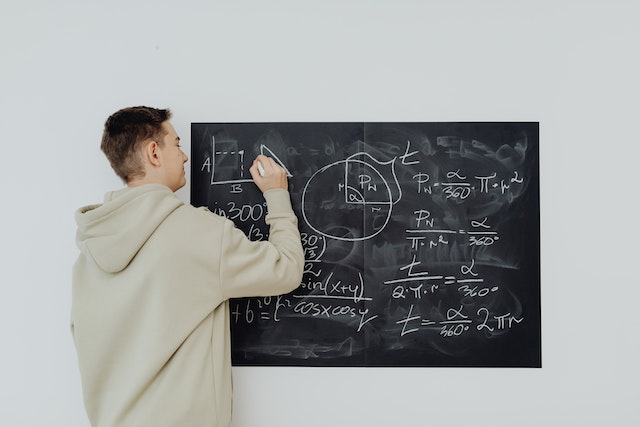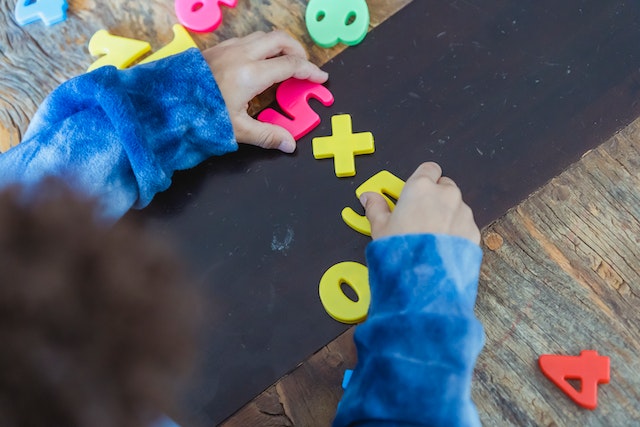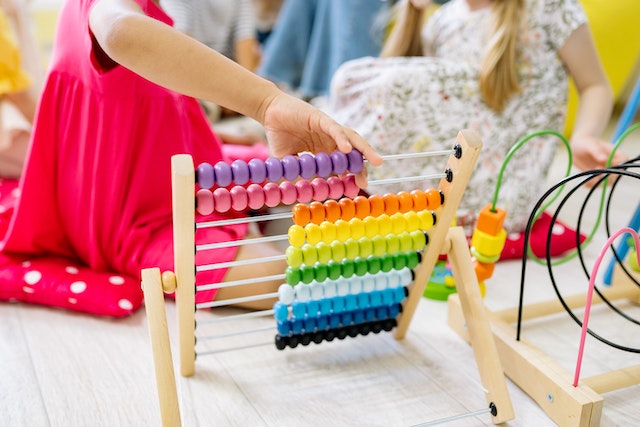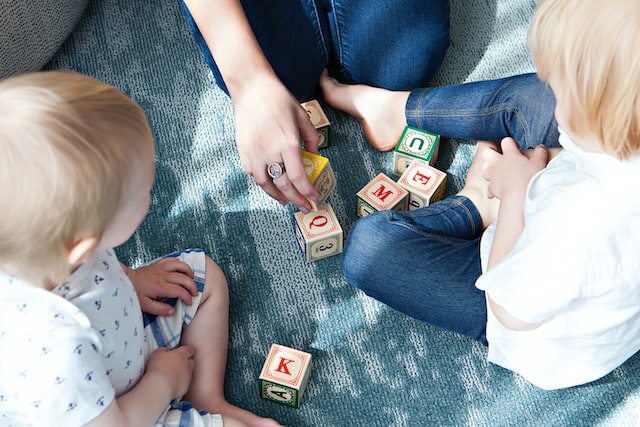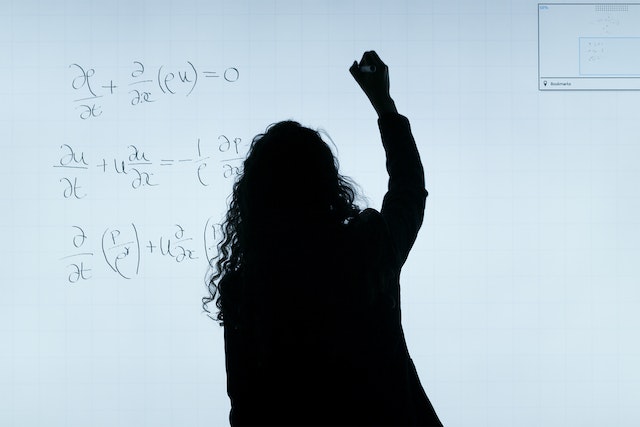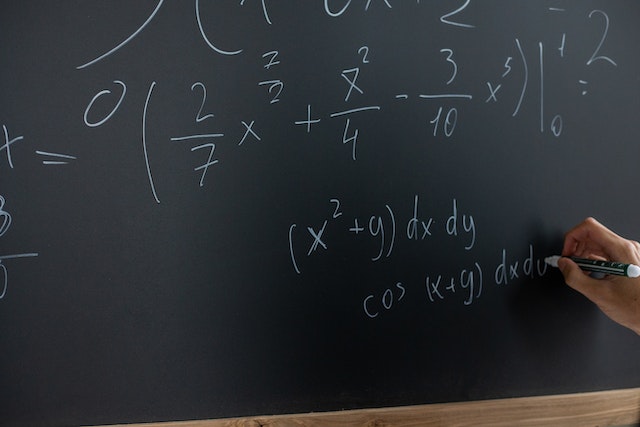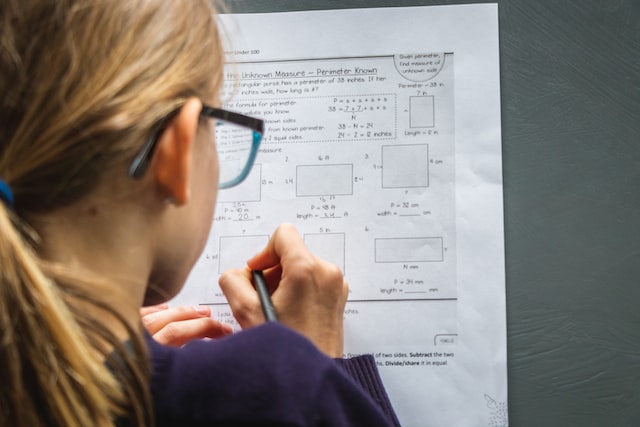This isn’t always easy to do, but there are a few instructional strategies that can help foster conceptual understanding and flexibility in the classroom. These include explicit instruction, practice, and assessment. For a more comprehensive understanding of these instructional strategies, you can refer to the Wikipedia Math.
5 Instructive Strategies For Math
This isn’t always easy to do, but there are a few instructional strategies that can help foster conceptual understanding and flexibility in the classroom. These include explicit instruction, practice, and assessment.
Explicit Instruction
Explicit instruction is one of the most effective instructional strategies for teaching math. It makes learning crystal clear for students, and it gives them lots of opportunities to practice skills. This strategy can be especially helpful for students who learn and think differently or are English language learners.
Unlike implicit instruction, explicit instructions require students to explicitly follow a step-by-step process. It also helps students to understand the connection between new and prior knowledge.
To teach a skill using explicit instruction, a teacher needs to demonstrate the task and explain what is happening as the student follows along. The teacher should use concrete tools to demonstrate the skills, as well as drawings and pictures to illustrate the concept.
The modeling step is the most important part of this strategy because it focuses on students’ understanding of the objectives and provides them with immediate feedback. In addition, teachers should model the skills at least three times to ensure that students are able to learn and apply the concepts.
For students with LDs, explicit teacher modeling is an essential part of their learning because it promotes their comprehension and allows them to build connections between new and previous knowledge.
Explicit teacher modeling is also the best way to ensure that students with LDs are able to learn from an experience or activity. As such, it is important to begin any lesson with building meaningful student connections to the concept or skill that will be taught in the future (see the teacher instruction strategy, Building Meaningful Student Connections).
When teaching a skill using explicit instruction, it is critical to make sure that students are clear about the criteria for success. This includes introducing the lesson or session, recapping previously taught information, and stating the aims and objectives for the lesson or session moving forward.
Using explicit teaching is an important strategy to use when addressing specific skills that need to be demonstrated, such as drawing a spiral pattern or cutting wood correctly. It can also be used to show students how to solve specific problems. Whether you are creating your own content or using existing ClickView video resources, explicit teaching is a valuable strategy to use with your students.
Explicit Practice
Explicit practice is a powerful instructional strategy that has been shown to increase students’ mastery of mathematics skills. It involves teaching math concepts and procedures in a structured, sequential manner. Moreover, it breaks complex skills into smaller, more manageable chunks and is effective for all students, including those with learning disabilities (LDs).
Using explicit instruction can take many forms in a classroom and can be a very rewarding way to engage with students. It’s a highly systematic approach to teaching and can be used for a range of topics, from practical hands-on skills such as cutting wood or drawing a spiral pattern to more abstract concepts such as coding.
To begin, teachers model the skills they want to teach by demonstrating the technique to their students. This step of the process helps students understand the target skill and provides them with the confidence and motivation to continue their learning. It also gives students opportunities to apply what they have learned and enables them to consolidate their understanding through group work.
The modeling step is followed by guided or directed practice, which allows the teacher to guide the students through their activities. This step of the process is important because it ensures that all students with LDs are able to learn the skills they need in order to master the targeted skill.
A final instructional strategy that is effective with explicit instruction is independent practice, which provides students with LDs with the opportunity to practice their new skills independently and test their understanding. This step of the process also identifies any students who require additional support before moving on.
Explicit practice is a key instructional strategy for math and can be applied across all grade levels and in all subject areas. It is an effective way to help students with LDs become better readers and mathematicians.
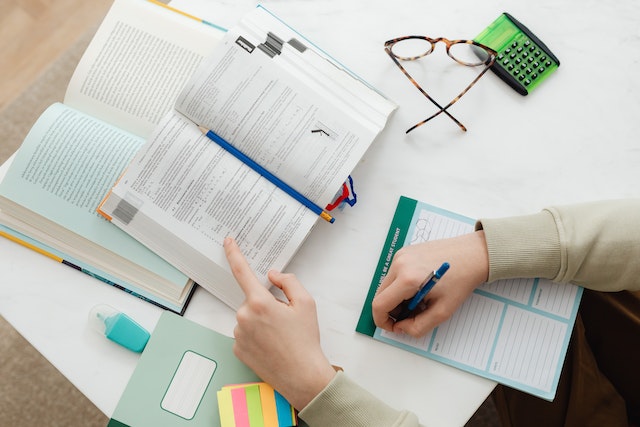
Contextualized Instruction
Contextualized instruction is an instructional strategy that connects curriculum to real-world situations and applications. This approach is a popular way to engage students in active learning and make learning relevant. It also encourages the development of problem-solving skills and social awareness.
This instructional strategy is supported by mainstream pedagogical theory and modern research around how people learn. It can also be used to teach a wide range of subject areas, including math.
For a deeper dive into math courses that may utilize such instructional strategies, check out Brighterly.com.
A large body of research has found that people learn better and retain information longer when they are taught concepts in context. This is largely because the material they are learning becomes more meaningful and relevant to their lives.
The Department of Education (DepEd) defines contextualization as a practice that endeavors to link theoretical constructs that are taught during learning with practical, real-world contexts. It can be done by relating students’ experience and skills in their home and community to mathematical content that they are being taught in school.
To test the effectiveness of contextualized materials for teaching fractions, we conducted two experiments with first-grade children. The experiments compared the effects of rich, student-made, contextualized representations of fractions with simple, generic fraction material.
In the first experiment, children were asked to respond to fraction labeling questions. Those who attended to the whole set of objects were more likely to label the correct fractions. However, those who attended to the number of elements in a subset were less likely to label the correct fractions.
The second experiment compared the effects of perceptually rich, contextualized representations with simple, generic fraction material. In this experiment, participants were presented with a set of fractions that consisted of one or more small paper pizzas.
They were then asked to label the fractions using their own words. Those who attended to the number of elements in s set were more likely to respond with the correct fractions than those who attended to the total number of pizzas.
Similarly, in the second experiment, participants were asked to write their responses to fraction labeling questions. Those who initially wrote their responses using generic material were more likely to be correct than those who initially wrote their answers using perceptually rich, contextualized material.
Assessment
Assessment is one of the most effective instructional strategies for math because it provides teachers with valuable information about the learning that students are engaging in. However, if it is not used properly, assessment can waste time and resources that should be spent on teaching and learning.
Rather than passively memorizing rules or symbols, students need to learn math through a process of reasoning and communication about how they understand their knowledge. This view of learning, known as the ‘learning principle,’ is important to understanding how we can assess students’ knowledge and skill.
Formative assessment focuses on identifying and transforming areas of student understanding that are not yet clear. It also helps educators to focus on a student’s strengths and challenges, enabling them to tailor instruction to those needs.
For example, a teacher can ask students to explain a concept or solve a problem in a way that will best help others understand the content. This encourages students to express themselves in a variety of ways, which can help them think more flexiblely and develop new problem-solving strategies.
A teacher can also use polls, asking students questions about their knowledge and what they feel they need to work on next. These can be administered in the classroom or online, and they are a quick and easy way to get students engaged and thinking about their learning.
This strategy is particularly useful for small groups, and it can help teachers assess the effectiveness of their teaching. It also gives students a chance to voice concerns about their learning, which can help them improve their future performance.
Another useful formative assessment strategy is exit tickets, which are brief problems or questions that students receive as their “ticket” to leave a class. These can be effective because they allow the teacher to have complete control over what’s in the ticket.
Some schools have used these strategies as a way to give parents a glimpse of how their child is progressing in the classroom. They can also be used to gauge whether students are on track or need extra help.
